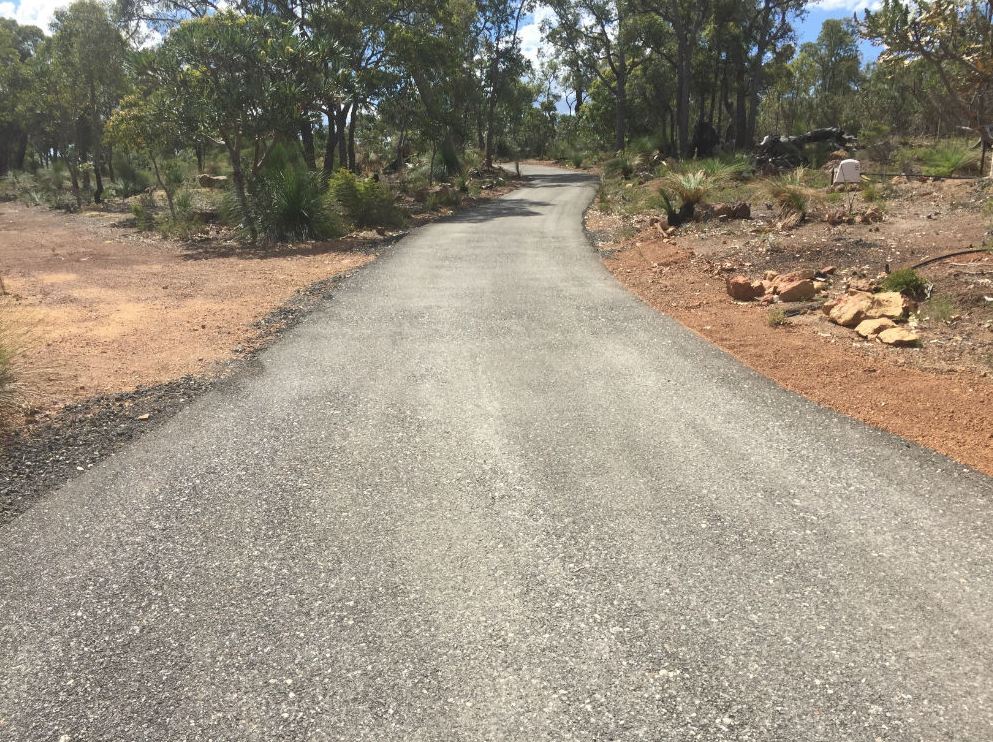Introduction: As the world increasingly focuses on sustainability, constructing and maintaining roads and landscapes must adapt to prioritise environmental concerns. At Sunshine Road Tech, we understand the importance of integrating sustainable practices into grading projects. This blog post will explore the grading principles for sustainable development and how to balance environmental concerns with the need for functional and durable infrastructure.
Understanding Sustainable Grading
Sustainable grading involves shaping and preparing land to minimise environmental impact while meeting the community’s needs. This includes managing water runoff, reducing soil erosion, protecting natural habitats, and using eco-friendly materials and techniques.
Key Principles of Sustainable Grading
- Minimising Soil Disturbance
- Why It Matters: Excessive soil disturbance can lead to erosion, loss of soil fertility, and destruction of local ecosystems.
- How to Achieve It: Use precise grading techniques that disturb the minimal amount of soil necessary. Incorporate practices like phased construction and protective ground covers to reduce soil displacement.
- Managing Water Runoff
- Why It Matters: Uncontrolled water runoff can cause erosion, flooding, and pollution.
- How to Achieve It: Implement drainage solutions such as swales, permeable pavements, and retention ponds. These techniques help manage runoff and promote water infiltration, reducing the risk of erosion and water pollution.
- Protecting Natural Habitats
- Why It Matters: Construction projects can threaten local wildlife and plant species by destroying their habitats.
- How to Achieve It: Identify and protect existing natural habitats during planning. Use grading methods around these areas, and consider creating new habitats or green spaces as part of the project.
- Using Eco-Friendly Materials
- Why It Matters: Traditional construction materials can have a significant environmental footprint, from extraction to disposal.
- How to Achieve It: Choose sustainable materials such as recycled aggregates, low-carbon concrete, and bio-based products. These materials reduce the environmental impact of construction and can often provide additional benefits such as improved durability and reduced waste.
- Incorporating Vegetation
- Why It Matters: Vegetation helps stabilise soil, manage water runoff, and improve air quality.
- How to Achieve It: Native plants can stabilise graded areas and reduce the need for irrigation and maintenance. Green roofs, living walls, and vegetated swales can also be integrated into designs to enhance sustainability.
Balancing Environmental Concerns with Practical Needs
- Comprehensive Planning
- Why It Matters: A well-thought-out plan addresses environmental concerns immediately.
- How to Achieve It: Engage environmental consultants and engineers early in the project. Conduct thorough environmental impact assessments and integrate sustainable practices into every planning and design stage.
- Community Involvement
- Why It Matters: Community input can provide valuable insights into local environmental concerns and priorities.
- How to Achieve It: Involve local communities in planning through public consultations and participatory design workshops. Address their concerns and incorporate their feedback into the final design.
- Adaptive Management
- Why It Matters: Unexpected challenges can arise during construction, requiring flexible and responsive management.
- How to Achieve It: Develop an adaptive management plan that allows for modifications based on real-time observations and feedback. This approach ensures that sustainable practices can be maintained throughout the project lifecycle.
- Monitoring and Maintenance
- Why It Matters: Sustainable grading practices require ongoing monitoring and maintenance to remain effective.
- How to Achieve It: Establish a monitoring programme to track the performance of sustainable features and promptly address any issues. Regular maintenance ensures drainage systems, vegetation, and other sustainable elements function as intended.
Benefits of Sustainable Grading
- Environmental Protection
- Long-Term Benefits: Sustainable grading helps protect soil, water, and biodiversity, contributing to healthier ecosystems and reducing pollution.
- Climate Resilience: Water management and planting vegetation enhance infrastructure resilience to climate change impacts.
- Economic Advantages
- Cost Savings: While sustainable practices may have higher upfront costs, they often result in long-term savings through reduced maintenance and improved durability.
- Increased Property Value: Sustainable developments are increasingly attractive to buyers and investors, enhancing property values.
- Social and Health Benefits
- Improved Quality of Life: Green spaces and well-managed landscapes contribute to the overall well-being of communities.
- Public Health: Reducing pollution and improving air quality directly impact public health.
Conclusion: Grading for sustainable development is possible and essential in today’s environmentally conscious world.
Call us on: 03 4159 2883
Click here to find out more about Sunshine Road Tech
Click here to complete our contact form and see how we can help you with your road needs.

